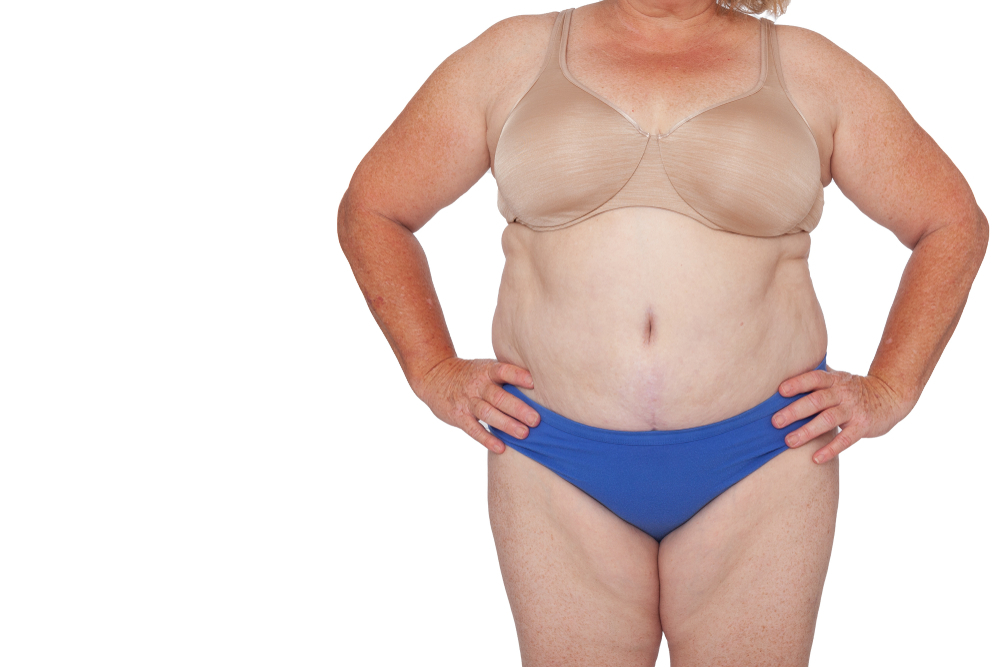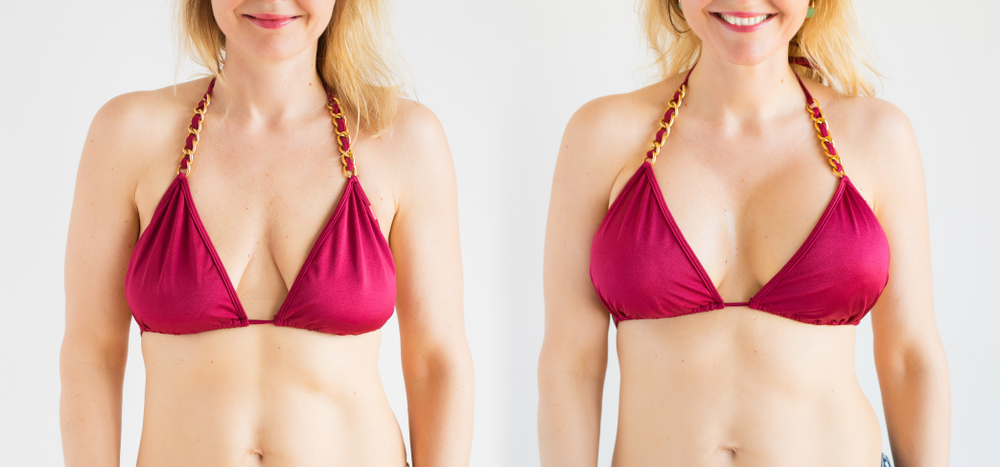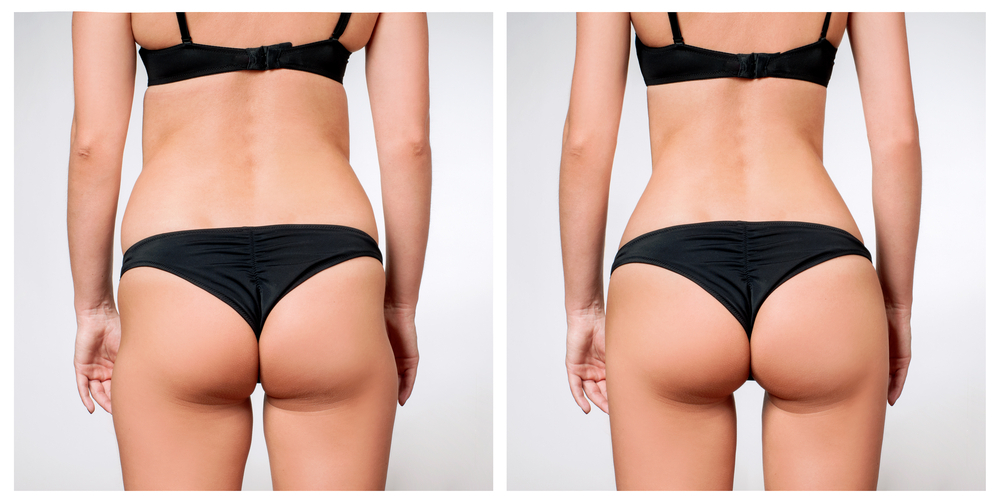If you’re thinking about getting a breast augmentation but want to have children at some point afterwards, you may be wondering if you can breastfeed with implants. Most women do not have issues with breastfeeding after a breast augmentation, whether they’ve chosen implants or fat transfer. Your ability to breastfeed after breast augmentation does depend on a few factors.
Can You Breastfeed with Implants?
In answering the question, “Can you breastfeed with implants?”, first you need to know where your surgeon will make an incision. This can affect milk supply and other factors of breastfeeding.
Factor #1: The Type of Incision
In a typical implant surgery, a plastic surgeon makes an incision in the inframammary fold (the crease under your breast). The surgeon then places the implant behind your pectoral muscle, below the breast tissue. In this way, the implant placement is away from the breast. Your milk ducts and nerves are left unaffected and still connected to your nipples. This shouldn’t impact your ability to breastfeed. Incisions made through the armpit also should not cause problems with breastfeeding your baby.
Sometimes women opt to have incisions made around the areolas. This incision placement results in less visible scars. An incision around your nipples could affect the sensation of the nipples and the let-down reflex. The let-down reflex occurs when a baby sucks on the nipple. It causes the breasts to push out milk. If there is reduced sensation in the nipple, the let-down reflex could also decrease, resulting in a limited milk supply. With an incision around the areola, some ducts may also be cut. If you and your surgeon opt for this incision placement, you won’t know if it has affected your ability to breastfeed until you try.
Factor #2: Implant Placement
In some cases, a cosmetic surgeon places breast implants over the pectoral muscles, which may interfere with how your milk ducts function. It’s important to talk about placement with your plastic surgeon if you plan on breastfeeding with implants.
Factor #3: Types of Implants
Some women have concerns that if an implant ruptures, it will affect their ability to breastfeed. This situation doesn’t usually result in complications. Take silicone breast implants, for example. It is extremely rare for a ruptured implant to lead to a deposit of silicone into the milk duct. If silicone did enter a milk duct, it would be unlikely to affect the health of the breastfed baby. In a review of studies, experts concluded: “Convincing evidence is available that silicon [sic] concentrations in breast milk are the same in mothers with and without breast implants, and thus there are no data to support transmission of silicone to infants in breast milk of mothers with implants.”
A rupture should also not be cause for concern with saline implants. There is no evidence that saline water in breast milk leads to harmful effects on a baby.
Gummy bear implants have the lowest chances of rupture and leakage due to the thickness of the gel used. Even if some of the material leaks, the gel is considered safe and so is unlikely to damage the milk ducts, milk glands, or nerves.

Breastfeeding After Breast Augmentation Via Fat Transfer
Breast augmentation using fat transfer aims to enlarge and improve the appearance of breasts by taking fat from one area of the body (via liposuction) and transferring it to the breasts.
Factor #1: The Incision Used in Breast Augmentation Via Fat Transfer
During a breast augmentation with fat transfer, a plastic surgeon makes a very small incision (3mm in length) in the inframammary fold. Through this incision, he or she injects the fat removed from another part of your body—usually the buttocks, abdomen, hips, or thighs). There is no need to make an incision around the areola using this technique. This means the sensation of the nipple (and, in turn, milk supply) won’t be affected.
Factor #2: Fat Injections’ Effect on Breastfeeding
This type of breast enhancement is a newer procedure than implant insertion. For this reason, there is a lack of evidence about how this technique impacts breastfeeding. Fat grafting involves inserting many large needles into the breast tissue. In contrast, when an implant is placed under the chest muscles, the breast tissue is unaffected. While the evidence is not yet clear, there is the potential for the needles used in fat transfer to damage breast ducts and glands. This could impact milk supply and the ability to breastfeed, but more information is needed.
It’s best to discuss these concerns with your plastic surgeon in depth. In the eyes of many experienced plastic surgeons, breast augmentation via fat transfer does not impact a patient’s future ability to breastfeed. Also, they use blunt instruments when placing the fat. This should mean the ducts connected to the nipples remain intact.
When considering breast augmentation, it’s important to know that any form of surgery involving the breast can affect breastfeeding. Breast augmentation may not prevent breastfeeding (This very rarely happens.), but it may lower the amounts of milk you can produce. Even if this occurs, there are solutions. Certain herbal remedies could prove beneficial if you find your milk production is affected following a breast surgery. You can also supplement with formula.
If you have insufficient glandular tissue (IGT), also known as mammary hypoplasia, this can result in low milk production. The condition is rare, but if it affects you, you might want to consider specific types of breast augmentation to ensure your milk supply doesn’t change.
If you plan on getting pregnant in your future, having a consultation with an experienced plastic surgeon will give you a chance to explore these issues in greater detail. For the large majority of patients who have had breast augmentation surgery, whatever the type, there is no impact on breastfeeding.







